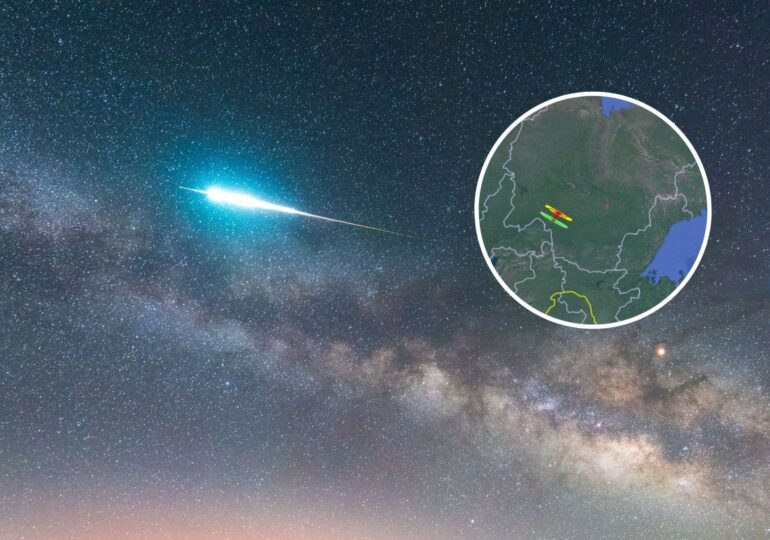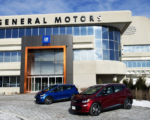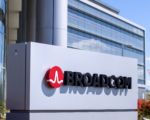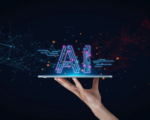GM’s Cruise robotaxis return to Phoenix, with human drivers now at the wheel
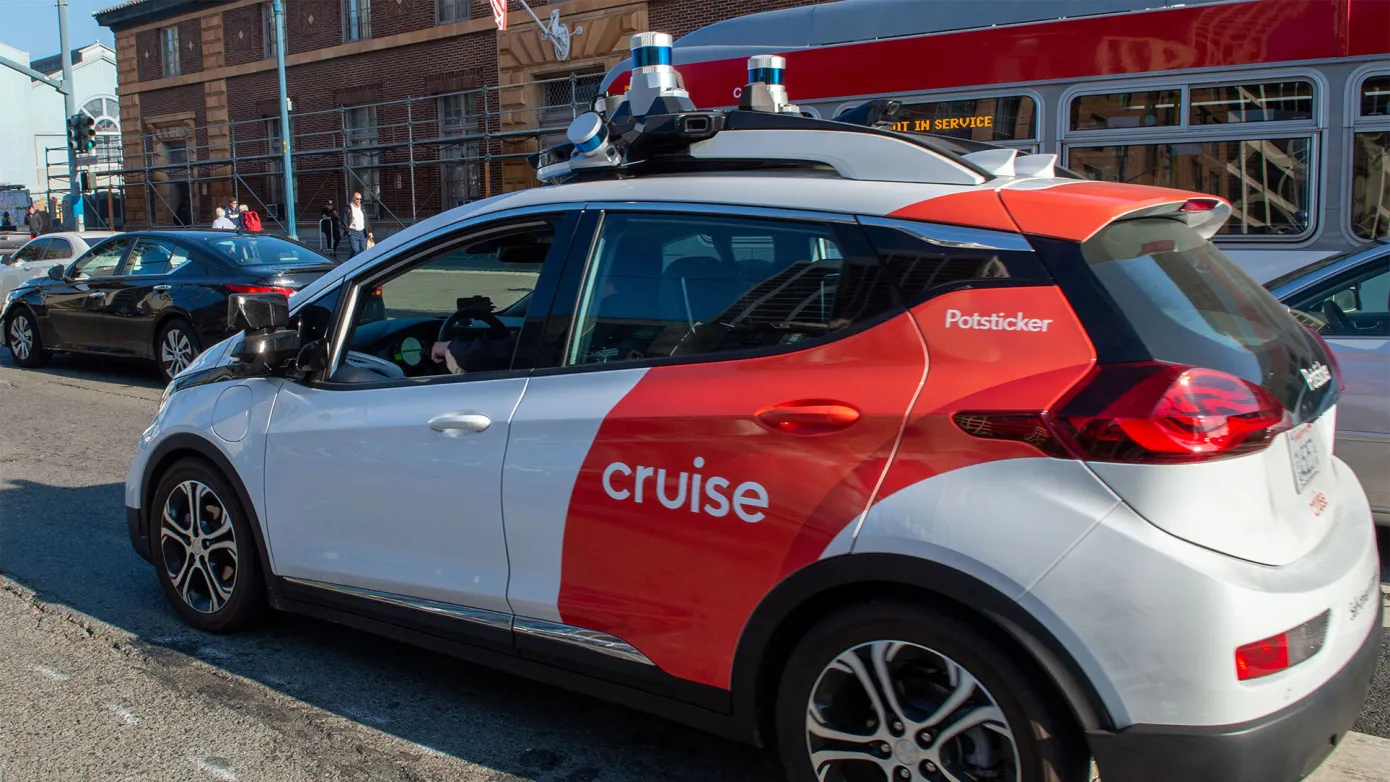
General Motors’ Cruise is restarting its robotaxi operations in Phoenix after a hiatus of nearly five months. However, there’s a significant difference this time around: the vehicles will operate in “manual mode,” meaning they won’t be operating autonomously.
Cruise intends to use this manual driving mode to collect mapping data and gather information about the roads in Phoenix and potentially other cities. This move marks a departure from Cruise’s previous strategy of rapidly expanding its autonomous driving operations across various cities.
The decision to restart operations in manual mode comes after Cruise paused its U.S.-based fleet following an incident in San Francisco, where a pedestrian was injured by a Cruise robotaxi. This incident prompted Cruise to reevaluate its approach and prioritize safety.
By resuming operations in manual mode, Cruise aims to address safety concerns while continuing to gather valuable data for its autonomous driving technology. While this marks a temporary setback in Cruise’s autonomous ambitions, it underscores the company’s commitment to safety and responsible deployment of its technology.
Today, we’re taking an important next step in returning to our mission: we're reintroducing a small fleet of human-driven vehicles in select cities – starting in Phoenix. These vehicles will create maps and gather road information, a critical step for validating future…
— cruise (@Cruise) April 9, 2024
Cruise’s recent decision to revert to manual driving mode in its robotaxi operations marks a significant departure from its previous growth strategy, signaling a shift towards a more cautious approach. This move comes in the wake of a series of incidents, including one in October, which prompted Cruise to reassess its technology and prioritize safety.
The company’s blog post outlining its strategy reads like a return to basics, emphasizing the need to gather high-fidelity location data and map information to facilitate autonomous driving. Cruise plans to gradually transition back to fully autonomous operations, albeit under human supervision and with rigorous validation of its technology.
It’s unclear whether Cruise’s safety team is overhauling its existing technology or simply refining its approach. The company declined to comment on its strategy, leaving observers to speculate about its intentions.
The October incident was not an isolated case, as Cruise’s technology has faced challenges in various cities, causing disruptions to traffic, public transit, and emergency services. This pattern of malfunctions underscores the importance of prioritizing safety and reliability in the development of autonomous driving technology.



